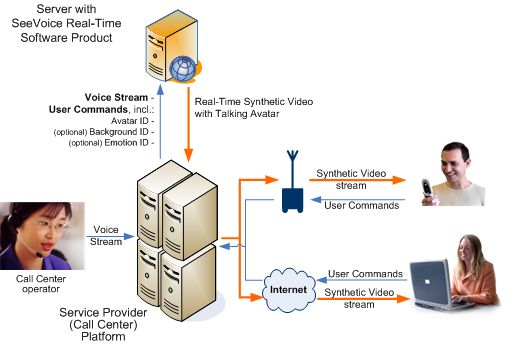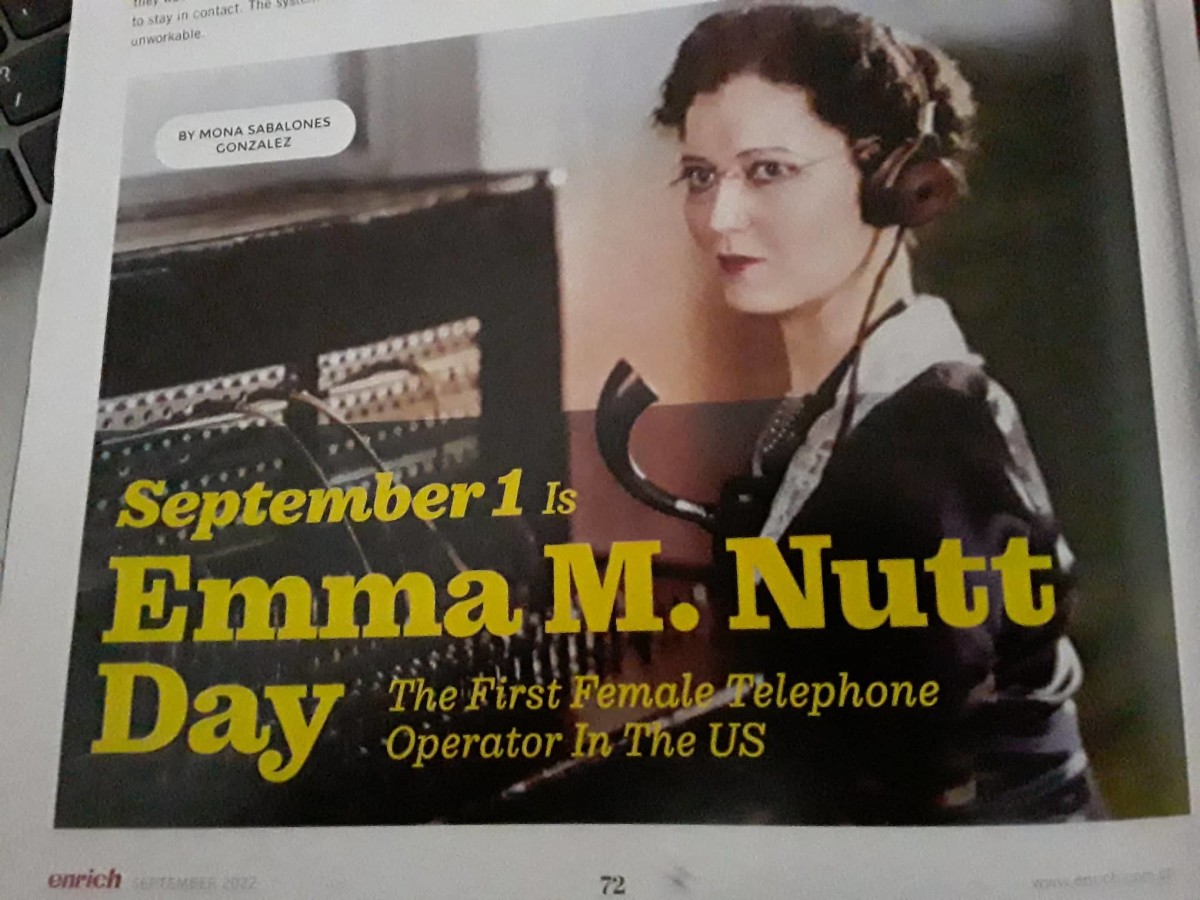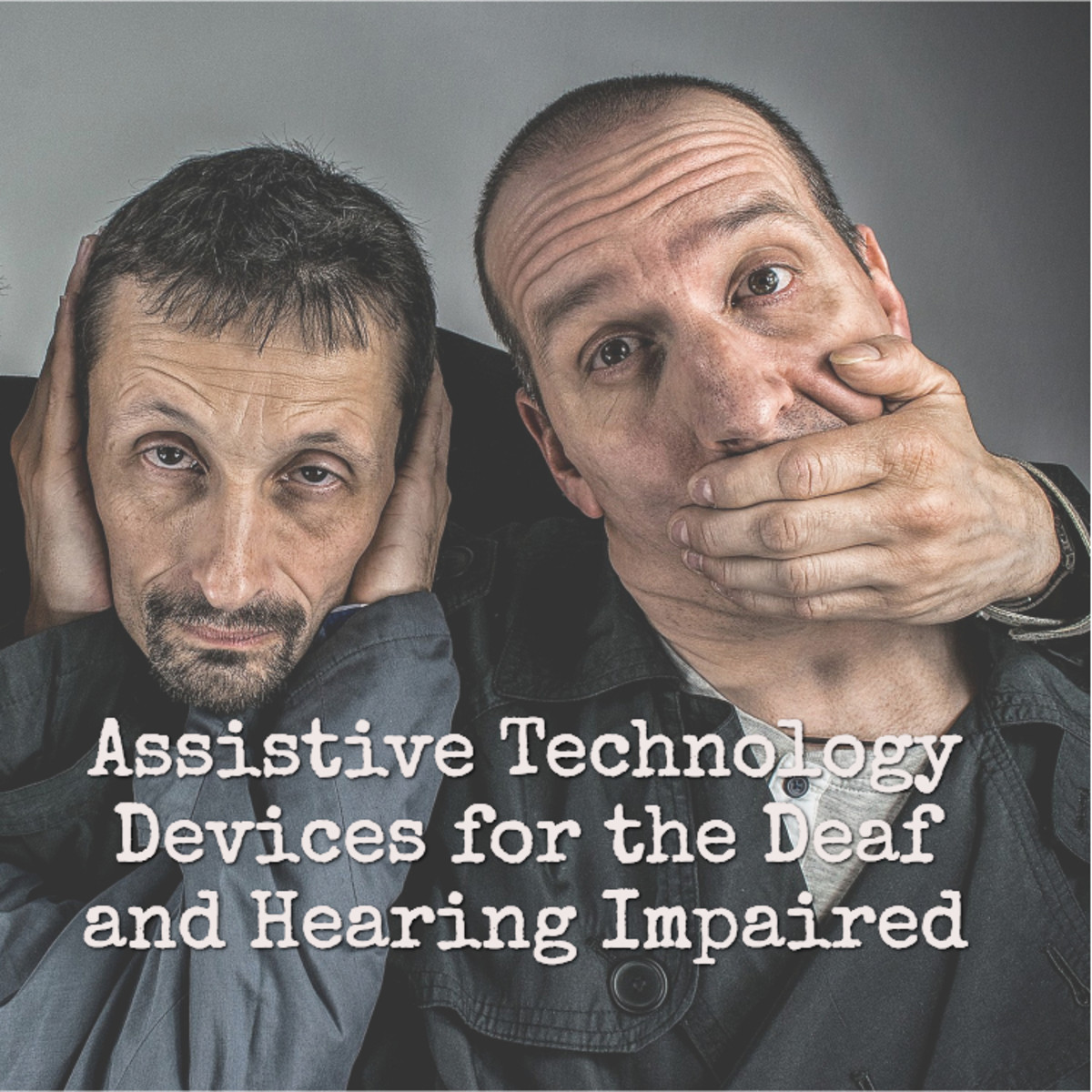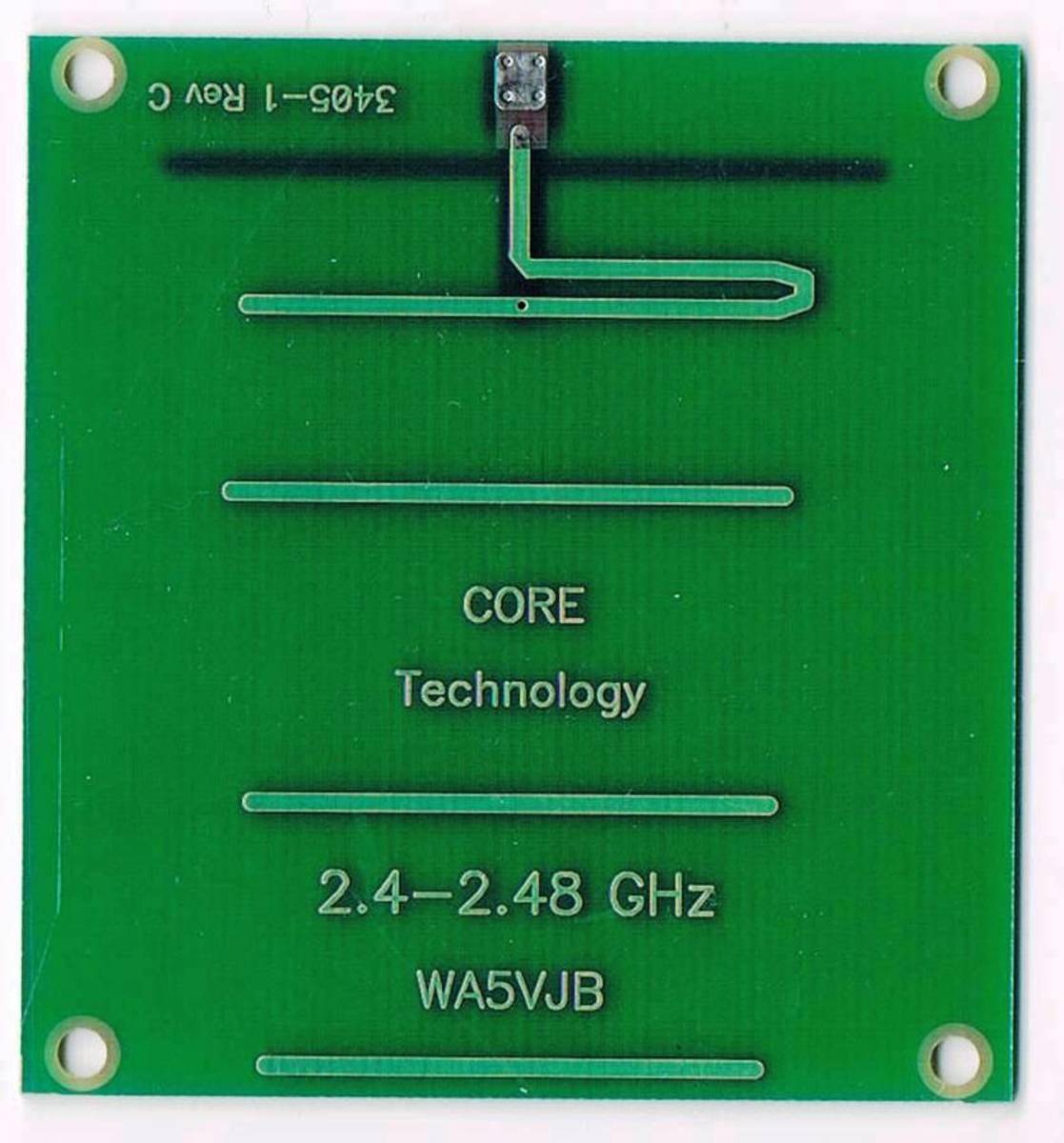What is call center?
connectivity
Click thumbnail to view full-size




Details about call centre
1. Call Centre:
A call centre or call center is a centralized office used for the purpose of receiving and transmitting a large volume of requests by telephone. A call centre is operated by a company to administer incoming product support or information inquiries from consumers.
A call centre is often operated through an extensive open workspace for call centre agents, with work stations that include a computer for each agent, a telephone set/headset connected to a telecom switch, and one or more supervisor stations. It can be independently operated or networked with additional centers, often linked to a corporate computer network, including mainframes, microcomputers and LANs. Increasingly, the voice and data pathways into the centre are linked through a set of new technologies called computer telephony integration (CTI).
1.1: Inbound Call Centre:
An inbound call center is a call center where telephone agents field only incoming phone calls for a company or organization. Inbound call center agents often provide customer service or technical assistance to callers but can also sell products and services or make appointments. An inbound call center may be a traditional call center or a virtual call center. An inbound call center is one that exclusively or predominately handles inbound calls (calls initiated by the customer) rather than outbound calls. A call center may handle either only inbound or outbound calls or might deal with a combination of the two.
1.2: Outbound Call Centre:
An outbound call center is one in which call center agents make outbound calls to customers on behalf of a business or client. Calls made from the center can include telemarketing, sales or fund-raising calls, as well as calls for contact list updating, surveys or verification services.
1.3: Domestic Call Centre:
The domestic or traditional call center involves an outsourcer who has call center locations around native country for redundancy. For cost effectiveness, the call center professionals usually take calls for two or three clients whose data is ported to the desktop via a secure connection from the client's database into the outsourcer's server..
1.4: International Call Centre:
The International Call Centre involves an outsourcer who has call centre locations worldwide. This type of call centre covers a large volume.
2. Users:
2.1: Administrator:
The duty of a call center administrator is to provide an interface tool for enabling non-technical personnel of a company running the call center to provision and configure the call center from available resources. The calls received by the call center are identified and their attributes useful in queuing the calls are determined. Based on the attributes, priority ratings are computed for the calls by applying a predetermined function to the attributes, and the calls are queued in accordance with their respective priority ratings.
2.2: Supervisor:
Supervisor monitors the overall call center performance and conduct related administrative tasks. The duties or responsibilities of a call centre are given below:
· Manage the day-to-day operations of a call centre agents spread into different units: Funding, Retention, Billing, Deployment and Technical Support.
· Manage a CRM system and other internal systems to report on operational metrics.
· Implement and establish performance metrics and standards for all units under direct supervision, focusing on response time, effectiveness and proper staffing level.
2.3: Agent:
A call center agent is the person who handles incoming or outgoing customer calls for a business. A call center agent might handle account inquiries, customer complaints or support issues. Other names for a call center agent include customer service representative (CSR), telephone sales or service representative (TSR), attendant, associate, operator, account executive or team member.
2.4: Company:
A company is a client for which a call centre provides services.
3. VOIP:
VoIP (voice over IP) is an IP telephony term for a set of facilities used to manage the delivery of voice information over the Internet.VoIP involves sending voice information in digital form in discrete packets rather than by using the traditional circuit-committed protocols of the public switched telephone network (PSTN). A major advantage of VoIP and Internet telephony is that it avoids the tolls charged by ordinary telephone service.
3.1:VoIP Telephones
There are three methods of connecting to a VoIP network:A
- Using a VoIP telephone
- Using a "normal" telephone with a VoIP adapter
- Using a computer with speakers and a microphone
3.2: Types of VoIP Calls
VoIP telephone calls can be placed either to other VoIP devices, or to normal telephones on the PSTN (Public Switched Telephone Network).
Calls from a VoIP device to a PSTN device are commonly called "PC-to-Phone" calls, even though the VoIP device may not be a PC.
Calls from a VoIP device to another VoIP device are commonly called "PC-to-PC" calls, even though neither device may be a PC.
4. IVR (Interactive Voice Response)
Interactive Voice Response (IVR) is an interactive technology that allows a computer to detect voice and keypad inputs. IVR technology is used extensively in telecommunications, but is also being introduced into automobile systems for hands-free operation. Current deployment in automobiles revolves around satellite navigation, audio and mobile phone systems. In telecommunications, IVR allows customers to access a company’s database via a telephone touchtone keypad or by speech recognition, after which they can service their own enquiries by following the instructions. IVR systems can respond with pre-recorded or dynamically generated audio to further direct users on how to proceed. IVR systems can be used to control almost any function where the interface can be broken down into a series of simple menu choices. In telecommunications applications, such as customer support lines, IVR systems generally scale well to handle large call volumes.
4.1: Call Center IVR:
- Auto-Attendant: Many of our customers use a Voxeo IVR-based, voice-driven auto-attendant to answer their main office and toll-free numbers. A voice-driven auto-attendant lets callers connect with the desired party by simply speaking the name of the person, department, or location they want to reach.
- Call Center Automation: Call centers are increasingly looking to reduce the cost of customer service and support centers via automation or by moving agents’ off-shore. Voxeo IVR call center automation applications can deliver cost reductions that even surpass savings from off-shore operations.
- Telephone Surveys: Call centers with a focus on customer service and support excellence use Voice Works telephone survey applications to automatically survey customers by phone after orders, installations, and on-site repair services have been performed.
- Bill Reminders and Collections: Call centers supporting post-paid products and services use the Voice Works payment solution to place automatic bill reminder calls to customers both before and after their bills are due, reducing call costs as well as past due accounts receivable overhead with almost zero incremental cost.
- Custom IVR: Voxeo's free Web-based Evolution customer and developer portal makes it easy for enterprise Web and telephony developers alike to create custom IVR applications for any requirement or project.
5. Queue:
A queue is a particular kind of collection in which the entities in the collection are kept in order and the principal (or only) operations on the collection are the addition of entities to the rear terminal position and removal of entities from the front terminal position. This makes the queue a First-In-First-Out (FIFO) data structure. In a FIFO data structure, the first element added to the queue will be the first one to be removed.
6. SIP:
The Session Initiation Protocol (SIP) is a signaling protocol, widely used for controlling multimedia communication sessions such as voice and video calls over Internet Protocol (IP). Other feasible application examples include video conferencing, streaming multimedia distribution, instant messaging, presence information and online games. The protocol can be used for creating, modifying and terminating two-party (unicast) or multiparty (multicast) sessions consisting of one or several media streams. The modification can involve changing addresses or ports, inviting more participants, adding or deleting media streams, etc.
SIP is very much like HTTP, the Web protocol, or SMTP. Messages consist of headers and a message body. SIP message bodies for phone calls are defined in SDP -the session description protocol.
- SIP is a text-based protocol that uses UTF-8 encoding
- SIP uses port 5060 both for UDP and TCP. SIP may use other transports
SIP offers all potentialities of the common Internet Telephony features like:
- call or media transfer
- call conference
- call hold
7. CDR:
A call detail record (CDR) in voice over IP (VoIP) is a file containing information about recent system usage such as the identities of sources (points of origin), the identities of destinations (endpoints), the duration of each call, the amount billed for each call, the total usage time in the billing period, the total free time remaining in the billing period, and the running total charged during the billing period. The format of the CDR varies among VoIP providers or programs. Some programs allow CDRs to be configured by the user.
8.E1 Card
7.1. Contents
A Call Detail/Data Record contains at a minimum the following fields:
- the number making the call (A number)
- the number receiving the call (B number)
- when the call started (date and time)
- how long the call was (duration)
- Call Type (0-Voice, A-SMS etc)
8. Dashboard:
The goal of the dashboard is to automatically show a user useful files and other objects as he goes about his day. While you read email, browse the web, write a document, or talk to your friends on IM, the dashboard does its best to proactively find objects that are relevant to your current activity, and to display them in a friendly way, saving you from digging around through your stuff like a disorganized filing clerk.
View my another post:
© 2009 sunlight2













